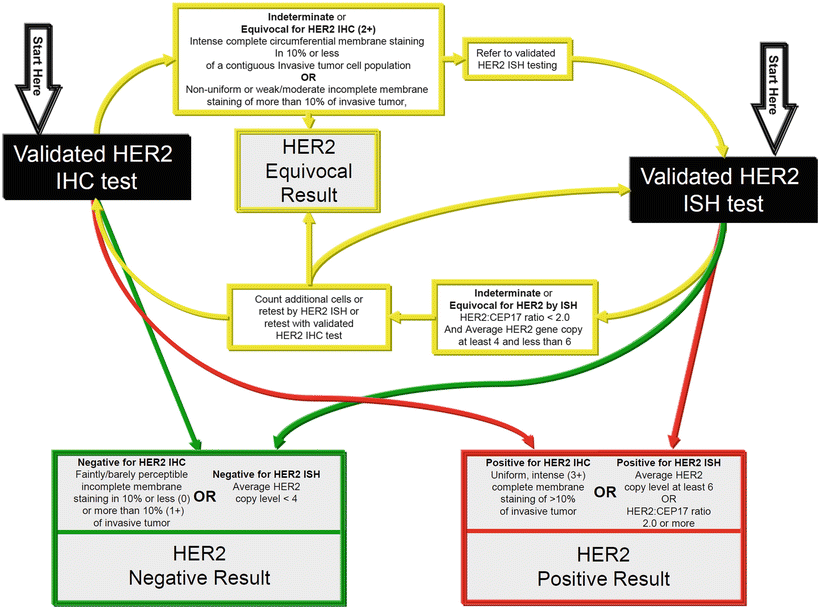
However, it seems that during the early cellular events, the PI3K and the NF-kappaB pathways are more important. The activated TKD can in turn recruit different signal transduction pathways in the downstream cascades leading to cell survival and proliferation, as well as resistance to treatment.Īmong the downstream signaling pathways, the PI3K-AKT pathway, the NF-kappaB pathway, and the MAPK pathway are more frequently reported in HER2-positive breast cancer. HER2 can dimerize with itself or other HER family members and the resultant phosphorylated dimer activates the tyrosine kinase domain (TKD) of the intracellular component of the receptor. The cellular activities start with the dimerization of the HER2 receptors ( 4). HER2 is one of the four members of the HER family, which is localized to chromosome 17q and is a tyrosine kinase receptor protein that encodes cell to cell communication via signaling transduction. The signal transduction pathways in HER2-positive cancers Thus, the understanding of the translational research of carcinogenesis and the related changes in cancer genetics and tumor microenvironment during treatment is critical in the selection of right choice of treatment to maximize the successful clinical outcome for the patient. Moreover, over the past decade, the armamentarium of treatment choices has increased substantially for HER2-positive breast cancer. Precision medicine and oncology treatment emphasize the importance of treatment basing on the specific cancer characteristics of individual patient. While this model is useful to most practicing clinicians, the treatment outcome of individual patient is not certain at the start of treatment. The current clinical management model of these cancers is commonly based on guidelines, which in turn are based on the design and outcome of clinical trials. HER2 enriched cancers account for approximately 20% of all breast cancers and are associated with a higher relapse rate and a significantly shorter survival ( 3). Of the different subtypes of breast cancer, human epidermal growth factor receptor-2 (HER2)-positive cancers remain a significant health care burden despite advances and improvements in treatment ( 2). The incidence rates are rising fast in South America, Africa, and Asia, particularly in high-income Asian countries such as Japan and Korea. The GLOBOCAN 2020 estimates of cancer incidence and mortality released by International Agency for Research on Cancer in 2021 showed that female breast cancer has surpassed lung cancers as the leading cause of global cancer incidence with an estimate of 2.3 million new cases and accounting for 11.7% of all cancer cases ( 1). As the understanding of the translational research of carcinogenesis and the related changes in cancer genetics and tumor microenvironment during treatment is critical in the selection of right choice of treatment to maximize the successful clinical outcome for the patient, this review article intends to discuss the latest developments in the genetic and molecular mechanisms of cancer progression and treatment resistance, and how they influence the planning of the treatment strategies of HER2-positive breast cancers.īreast cancer is a common health problem. The current clinical management model of HER2-positive breast cancers is commonly based on guidelines, which in turn are based on the design and outcome of clinical trials. 4Organisation for Oncology and Translational Research, Hong Kong, Hong Kong SAR, China.3Department of Anatomy, China Medical University, Taichung, Taiwan.2Graduate Institute of Biomedical Sciences, China Medical University, Taichung, Taiwan.1UNIMED Medical Institute, Hong Kong, Hong Kong SAR, China.

Chow 1,2, Erich Ferdiansyah Lie 1, Cheng-Hsun Wu 3 and Louis W.C.


 0 kommentar(er)
0 kommentar(er)
